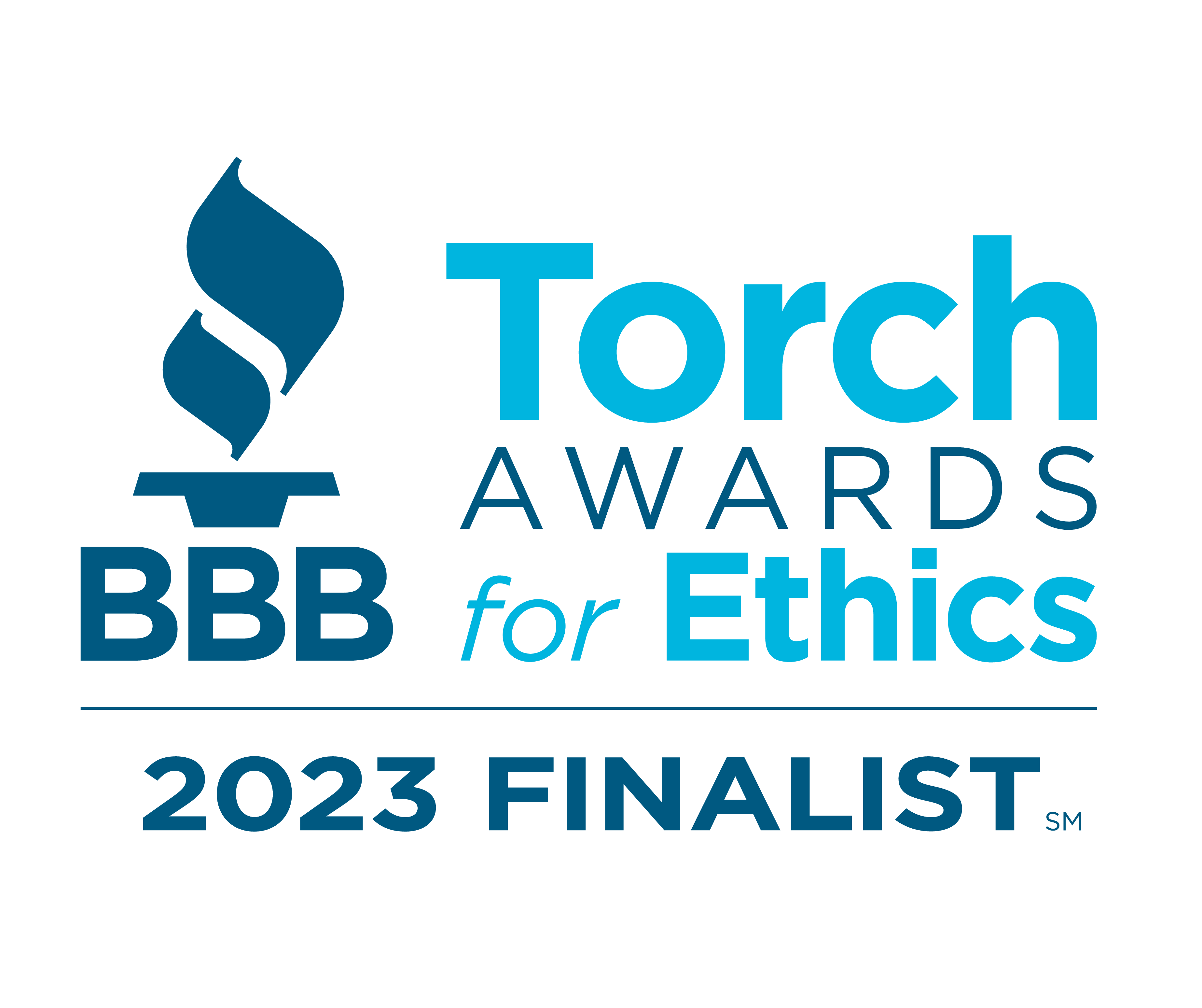Ok, so you have debt from the IRS. That tax debt is pretty hefty. On top of that, you have all the other bills that you need to pay. This is not fun, to be honest, and the question then becomes how can you manage your debt with the IRS and all of your other living expenses. Here are the top 5 ways to manage IRS debt effectively.
1 of the top 5 ways to manage IRS debt effectively
1. NEGOTIATE INSTALLMENTS AND AVOID FUTURE DEBT
Instead of avoiding the IRS, communicate with them and arrange to pay in installments. Because of interest rates and late fee penalties, the longer you take to pay your tax debt means you’ll owe more money, but a well-qualified Tax Resolution Specialist can help negotiate the lowest possible monthly payment.
It’s also important to evaluate what circumstances led to you owing the IRS in the first place so that you can take steps to adjust your financial strategy. For example, filing as “exempt” on your W2 is not a good idea—it’s better to deduct more taxes from each paycheck and end up with a tax refund rather than incurring future debt.
2 of the top 5 ways to manage IRS debt effectively
2. AN OFFER IN COMPROMISE
You can also negotiate to pay off the IRS at a reduced dollar amount through an Offer in Compromise (OIC). This option gives you the opportunity to pay a lesser amount as full and final payment. Taxpayers who can fully pay the liabilities through an installment agreement or other financial means generally won’t qualify for an OIC, but if you do, you can save thousands of dollars in taxes, penalties, and interest. This may be an excellent option if paying your full tax liability would be a substantial financial burden.
According to the IRS, taxpayers may choose to pay the offer amount as a “lump sum cash offer” paid in 5 or fewer installments within a maximum of 5 months after the offer is accepted. If a taxpayer submits this type of cash offer, they must include a nonrefundable payment equal to 20% of the offer amount. This payment is in addition to the application fee and is usually nonrefundable, even if the payment offer is rejected. Instead, it will be applied to the taxpayer’s tax liability.
RELATED: 5 Things to Avoid If You Owe Money to the IRS
The second type of offer is called a “periodic payment” which will be payable in 6 or more monthly installments but within 24 months after the offer is accepted. When submitting a periodic payment offer, the taxpayer must include the first proposed installment payment along with Form 656. This payment is in addition to the standard application fee and is usually nonrefundable, just like the 20% payment is necessary for a lump sum cash offer. Even while the IRS is evaluating a periodic payment offer, the taxpayer is required to make installment payments under the terms of the offer. These amounts are applied to the tax liabilities, and the taxpayer has a right to specify how the periodic payments will be used.
3 of the top 5 ways to manage IRS debt effectively
3. CURRENTLY NOT COLLECTIBLE
There is a program where the IRS voluntarily agrees not to collect on the tax debt for approximately one year. If a taxpayer can’t pay his or her tax debts, the IRS can declare a taxpayer “currently not collectible,” after they receive evidence that a taxpayer cannot pay. This is useful because you can file a collection appeal to halt any IRS liens, levies, seizure or the denial of an installment agreement. It also gives you the chance to explain how you think the debt could be resolved without the extreme actions of an IRS levy or seizure.

4 of the top 5 ways to manage IRS debt effectively
4. RELEASE WAGE GARNISHMENTS AND BANK ACCOUNT LEVIES
In addition to garnishing wages, the IRS can issue a bank levy to collect money from your checking and savings accounts for taxes owed. When the IRS levies a bank account, the bank is required to remove whatever amount is available in your account that very day (up to the amount of the IRS levy) and send it to the IRS unless otherwise notified. A necessary aspect of resolving your IRS debt is to obtain a release of the levy and regain access to your funds.
Ultimately, the IRS doesn’t want you to lose your home or live without the necessities, so there is some room to bargain for a release or modification to the garnishment if you don’t have enough money to survive with the levy.
RELATED: The Top 5 IRS Audit Red Flags and How to Avoid Them
5 of the top 5 ways to manage IRS debt effectively
5. EXPIRATION OF THE STATUTE OF LIMITATIONS
The IRS has ten years from the date of assessment to collect all taxes, penalties, and interest from you. An expert tax attorney, tax CPA or tax resolution specialist can help resolve your back taxes and IRS problems just by advising and strategizing with you to wait out the decade-long expiration date. This is useful because you can file a collection appeal to stop an IRS levy, lien, seizure, or the denial or termination of an installment agreement. The collection appeal gives you the opportunity to explain how you think the situation could be solved without the IRS levy or seizure.
If you have missed tax payments and find yourself falling further and further into tax debt past the point of reasonable negotiation, it may be time to enlist the help of a professional. Our tax experts offer IRS tax debt help which can reduce the amount owed or negotiate an IRS installment agreement to get your finances back on track.
Conclusion
Managing your tax debt with the IRS is not going to be easy but these 5 tips will help you manage them better and you can look forward to finally being done paying the IRS. If you think that you may need to speak with a tax attorney or need IRS help then tax relief may be something you would need to look into. To schedule a free consultation with one of our tax experts click here – https://alleviatetax.com/get-started/









